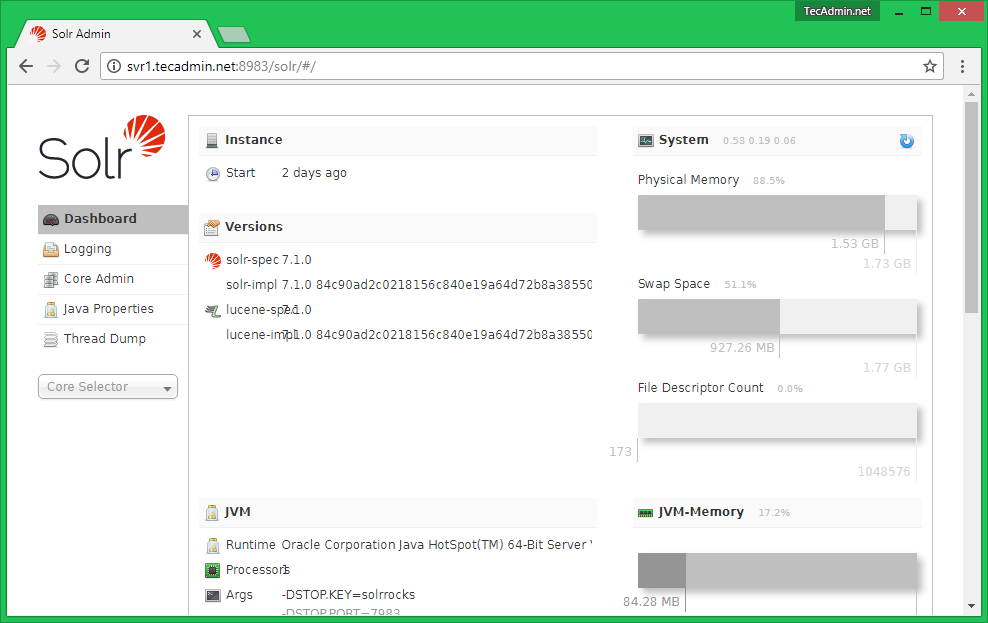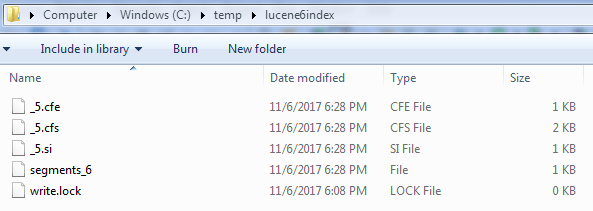
These implementations typically share the characteristics of being difficult to configure/troubleshoot or use default string conversions for types - which often results in missing or outdated searchable documents that cannot be searched as the developer would expect. Over the years, I’ve experienced some poor implementations of Lucene.
#USING APACHE LUCENE SOFTWARE#
By itself, Lucene doesn't do conversions, the responsibility falls upon the software using Lucene to create the indexable documents. This format is also usable for sorting date and time when stored as a string value. A better approach is to use the format yyyyMMddHHmmss, which returns 20171023133540 and does not vary when changing countries. Now the very bad part is that neither of these values lend themselves to being good for searching or sorting. Worse yet, this conversion is dependent on the culture information used, so the same conversion done on a web server set in the United Kingdom (en-GB culture) returns: 13:35:40. If the default string conversion is used for this type, it returns a value of 1:35:40 PM.

All field values are just treated as strings, which often can be problematic for. Documents can then be searched using a Domain Specific Language (DSL) querying language to evaluate for matching results.Ī common pitfall for Lucene field values is no underlying data type exists.

Field values may be stored in the index for retrieval or sorting, and may also be analyzed (which is useful for free-form content searching). The documents in the index contain a list of name-value pairs called, fields. At its most basic level, Lucene is a collection of documents called an index. It has even been ported to run natively in the. Lucene is a widely used search tool, built in Java, allowing it to run on many different platforms. There are many different search engines to provide this functionality for a web site but in this article, we are looking at the free and open source Lucene.
#USING APACHE LUCENE ARCHIVE#
Common examples include news archive listings, which may go back decades, or finding content that is related to the current page being viewed. Many sections of a website may use search without the visitor even knowing. In today’s web landscape, search is a critical component and goes beyond presenting a simple place where text is entered and results get displayed. Today, we look at Apache's free and open sourced Lucene search.
#USING APACHE LUCENE CODE#
SearchFiles.java contains the code for running the cranfield queries and creating the results file.Search is a critical component of a website that can go beyond a simple search box with results.CustomAnalyzer.java contains the custom analyzer for analyzing document and query content.IndexFiles.java contains the code for indexing the cranfield documents.run.sh packages the maven app, indexes the cran files, performs the cran queries across the indexes, runs trec_eval, creates a results file and outputs the results of trec_eval.The difference between the two results for that metric.The results given as an example/ground truth in the TCD Computer Science module CS7IS3 (Seamus').



 0 kommentar(er)
0 kommentar(er)
